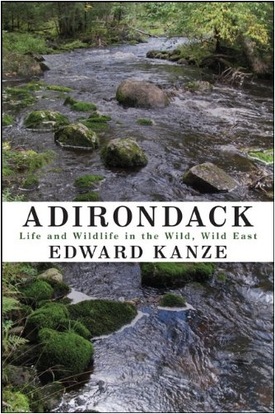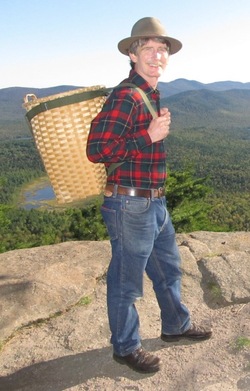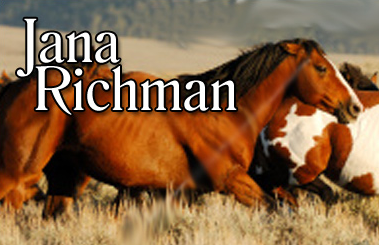A review of Adirondack: Life and Wildlife in the Wild, Wild East
by Ed Kanze

You are in for rewards aplenty in this generous, powerful memoir of a lifelong naturalist who takes up residence in the land where his ancestors settled and thrived, a land devoted to the co-habitation of the wild and the settled. The Adirondack Park is the largest park in the United States, a massive tract of six million acres enjoyed by wildlife and people, rivers and homes, bears and snowshoeing locals.
Humor, humility, make-do willingness, and blessed receptivity are the hallmarks of Kanze's Adirondack: Life and Wildlife in the Wild, Wild East. You see him and his young family struggle to wrench a dry, warm, insect-free life out of their summer-home-turned-year-round home, with much hammering and help from neighbors. You meet not only the local flora and fauna, but the family members who populate Kanze's past and make his present so interesting. The brief colorful view of his grandmother Florence who would "rush up to greet us in a paisley dress and flurry of arms and lipstick." His frightening Aunt Nancy who "beckoned me to the bed, saying, 'Come here' in a singsong voice that had undertones of power and lunacy." Much time is spent with his adored grandfather who "always looked like he'd walked out of an Adirondack history book." Many of the strongest reflections are by and about this fine man, "a man ordained by the sun and moon" to deliver "the body and blood of the Adirondacks" into Kanze's boyhood heart.

Adirondack is a journey of love on so many levels. A journey toward place, landedness, family, tradition and the difficulties of our mortality. Ed Kanze generously shares his reflections on beauty and mortality, embedded in place. Even the chance sighting of a black-and-yellow argiope spider in the hydrangea hedge along his driveway in October evokes concern: "Still, how long can the game go on? The days grow shorter and colder. The spider offers a model for us to emulate. Rather than focus on the annihilation looming, it exists moment to moment, flourishing on love and food."
I loved reading this book. I feel so well fed. I am grateful to have been in the company of Kanze and every bird and turtle, pondweed, violet and vole that entered his narrative. Inclusion and involvement—there is no better way to love your neighbor. To realize the earth is inside us. What a striking memoir this is.
Enjoy a Mountain Lake PBS interview with Kanze about Adirondack.
And here is the Wall Street Journal's review of Kanze's memoir.
And a great PBS short on salamanders, with Kanze and a flashlight, at night.
